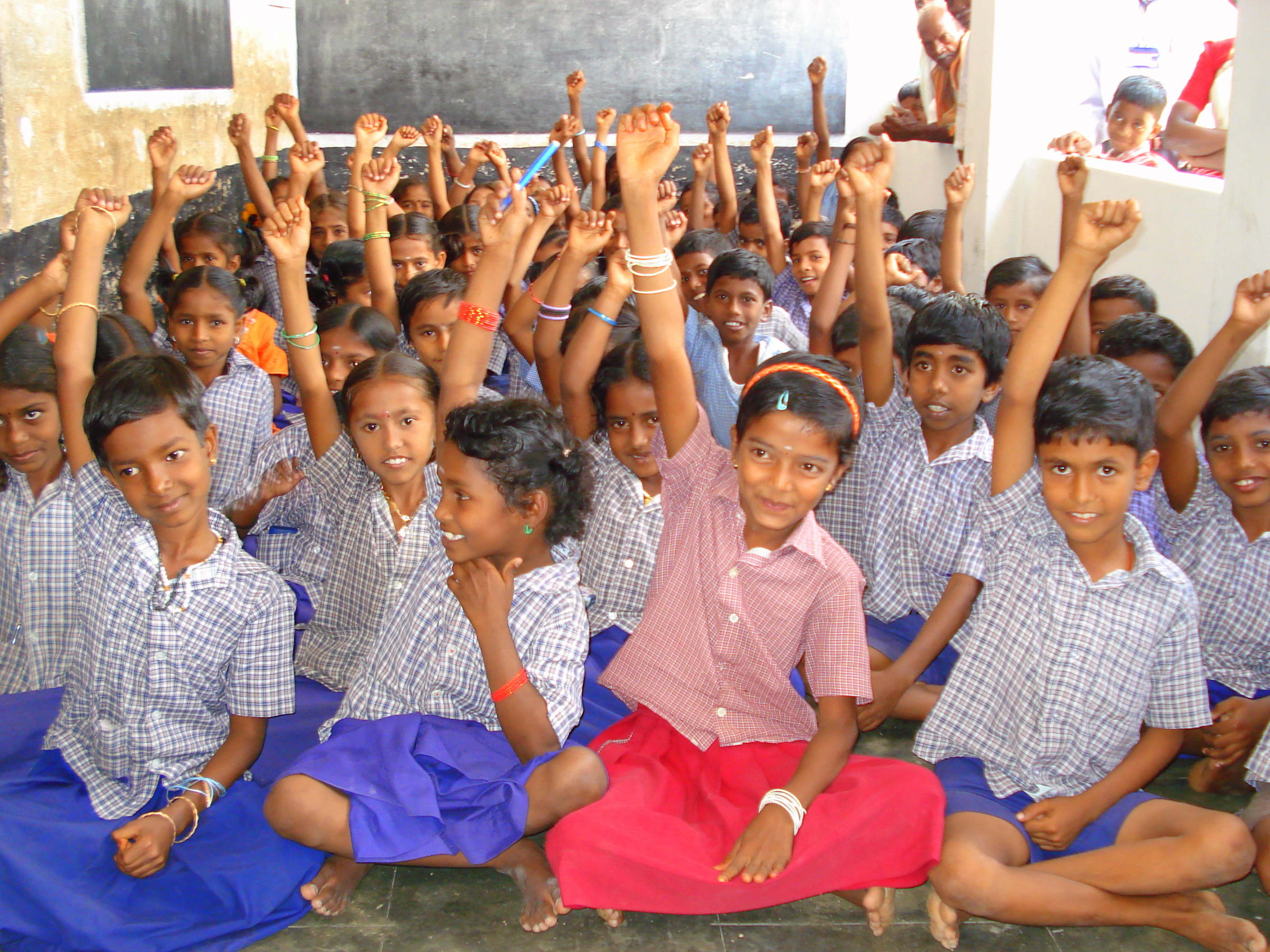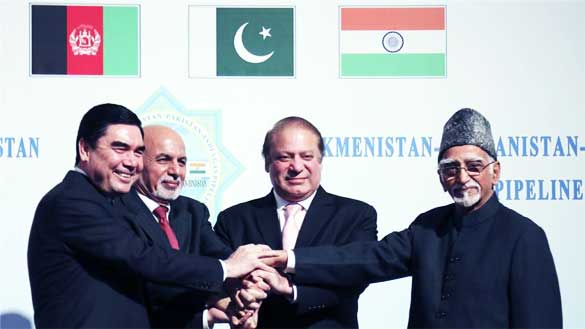 By Rohan Atrawalkar
By Rohan Atrawalkar
”This Policy proposes the revision and revamping of all aspects of the education structure, including its regulation and governance, to create a new system that is aligned with the aspirational goals of 21st-century education, including SDG4, while building upon India’s traditions and value systems.” – New Education Policy of India 2020.
The UN has declared the decade of 2020-2030 as the ‘decade for action‘. However, it is also starting as a decade of resilience as the world is shaken up by the COVID-19 pandemic. In an unprecedented move, the Indian government has decided to make a bold and transformative statement with the release of the New Education Policy.
The NEP has brought a lot in terms of much-needed change on the education front. Since the inception of the Draft Education Policy in 2019 by the Kasturirangan committee, there have been many calls to action in the space of education, especially during the new paradigm shift seen now because of COVID 19.
The policy brings major changes in the areas of early childhood care.
The policy brings major changes in the areas of early childhood care and education wherein the pre-schooling years are in focus now. Attaining Foundational literacy and numeracy is also well considered in the policy which is well packaged with reforms in school curricula and pedagogy. The policy considered well the social determinants of education and suggests significant reforms towards multilingualism and the power of language.
India had been quite rigid in its higher education structure but with the NEP, multiple exit points have been provided which would benefit students in signaling their education status better as well as their employment readiness which will help India utilize its demographic dividend. The following are the areas where the policy reforms intersect with the Sustainable Development Goals, SDG 4 on Quality Education along with the indicators.
SDG 4.2 Equal access to quality pre-primary education.
Under NEP the biggest win is that there is special attention to 3-6 years of age group. This was a major drawback of the Right to Education Act, 2008. Under this initiative, the forebearers of Anganwadi education will get a much-needed boost. There is further, a provision of a new Gender Inclusion Fund which has been provided for schooling and support for disability schooling is also proactive.
SDG 4.3 Equal Access to Affordable Technical and Vocational Education
Under NEP, vocational education will be provided at a younger age and technical skills such as coding will begin from as early as 6th standard. Furthermore, MHRD is setting up a National Education Technology Forum to address issues of tech and knowledge sharing and capacity development.
SDG 4.4 Increase the number of people with relevant skills for financial success
Under NEP, the curriculum design in higher and school education has shifted from the erstwhile 10+2 model. With a 5+3+3+4 model, clearer benchmarks are defined which will lead to better outcomes. They have provided multiple exit points for higher education which will result in better signaling ability of students. This is a practice that is followed in most developed countries. There is a setup of an academic bank of credit for digitally storing academic credits earned which can be transferred and counted towards final degree earned.
In addition, the NEP proposes to achieve a gross enrollment ratio for higher education to be at 50% by 2035. This will ensure that the majority of the population, who are less than 35 years of age have a strong skills base.
The digital divide is proposed to be bridged by setting a new unit.
SDG 4.5 Eliminate Discrimination in Education
Under NEP, the digital divide is proposed to be bridged by setting a new unit which addresses Internet-based e-learning, digital learning, infrastructure, and capacity building. Under the new education paradigm of online classes, the infrastructure shortages related to electricity supply as well internet bandwidth have become hurdles to cross, which the policy tries to bypass.
SDG 4.6 Universal literacy and numeracy
Under NEP, a National Foundation of Literacy and Numeracy will be set up to provide basic literacy and numeracy skills to students by 3rd grade. This is very good news considering that India has decided to participate in the PISA survey which tests basic English and mathematics comprehension. India will be a part of it once more in 2021 after performing quite poorly in 2009. In India, the enrollment ratio at the age of 6 stands at 96% since 2010. But the dropout rate is also quite high.
It will certainly be a challenge to enable the reforms in India where education is a subject shared between the states and the center, as directed by the country’s constitution. However, seeing the initiative and room for public voice given under the NEP, the states would try to be proactive in contextualizing the suggestions of the NEP.
Indirect Impacts of the NEP rests on many other SDGs:
SDG 3 on gender equality
There is a creation of a Gender Inclusion Fund. This fund will be allocated to the states to implement priority schemes on transgender and female students to improve their access to education.
SDG 8 on decent work and economic growth
Establishment of a National Testing Agency will ensure that the criteria for admission to universities will be uniform. This will improve the signaling ability of competencies to the employer.
Focusing on Vocational Education will help to utilize the Demographic Dividend. Vocational education in skills would ensure that skills demand meets supply. Over 50% of the population of India is under 25 years of age, and this share is only expected to grow further. This would create a huge market of not only job seekers but also job creators.
SDG 3 on health and wellbeing
The New education policy has significant implications for maternal health indirectly. With the inclusion of 3-6 age of the pre-schooling into the curriculum design, it can be found that Anganwadis would cater to more children for their health and dietary needs, reducing the pressure on the mother, who would be able to cater to her health better.
Drawbacks
- Increasing Vocational education without improving the return from education at the higher education level could create conditions for child labor and increase the dropout rates from school.
- There is no strong emphasis on practically increasing internet access and improving digital divide. There is a mention of a need for investment in this area but no practical steps are mentioned except encouraging Digital India Campaign launched in 2015. Starting coding from Middle level school could further increase the digital divide as millions do not have access to even basic electricity.
- Education is a public good and under NEP, the push to privatize the Higher Education Institutions is strong. The target of reaching 50% Gross Enrollment ratio at the higher education level will likely not be not met with public investment as there is no mention of how this goal will be reached besides advocating for large private higher education institutions. This will most likely increase inequality further and reduce the access to education to those who are not able to afford private education. Colleges that do not have more than 2000 students at least by 2032 would be given autonomous status removing their affiliation status; or else they would be completely merged with the university. This will create a strong incentive structure among the universities to increase their fees to fund private investment required for growing their student base. Failure to do so would mean losing their administrative powers to the university dictates. Being autonomous as a college would reduce their credibility. There is only a passing mention of public investment to meet this criterion. The increase in investment to 6% of GDP in education will most likely not be enough to meet this target of 50% GER.
(Rohan Atrawalkar holds an MA in Development Studies from the Tata Institute of Social Sciences (TISS), Hyderabad. He works as a Project Coordinator at the TERRE Policy Centre, an Indian non-profit dedicated to sustainable development).











